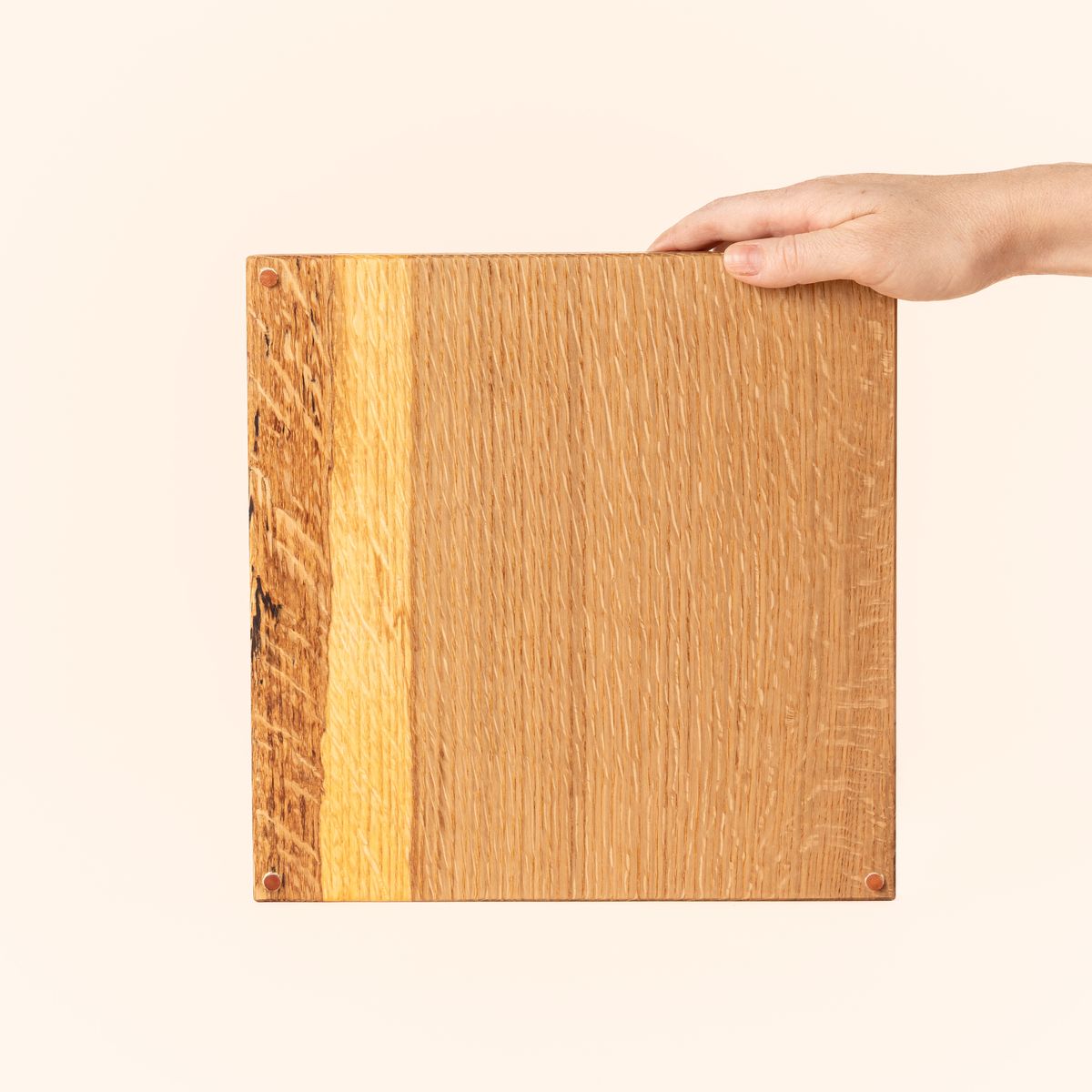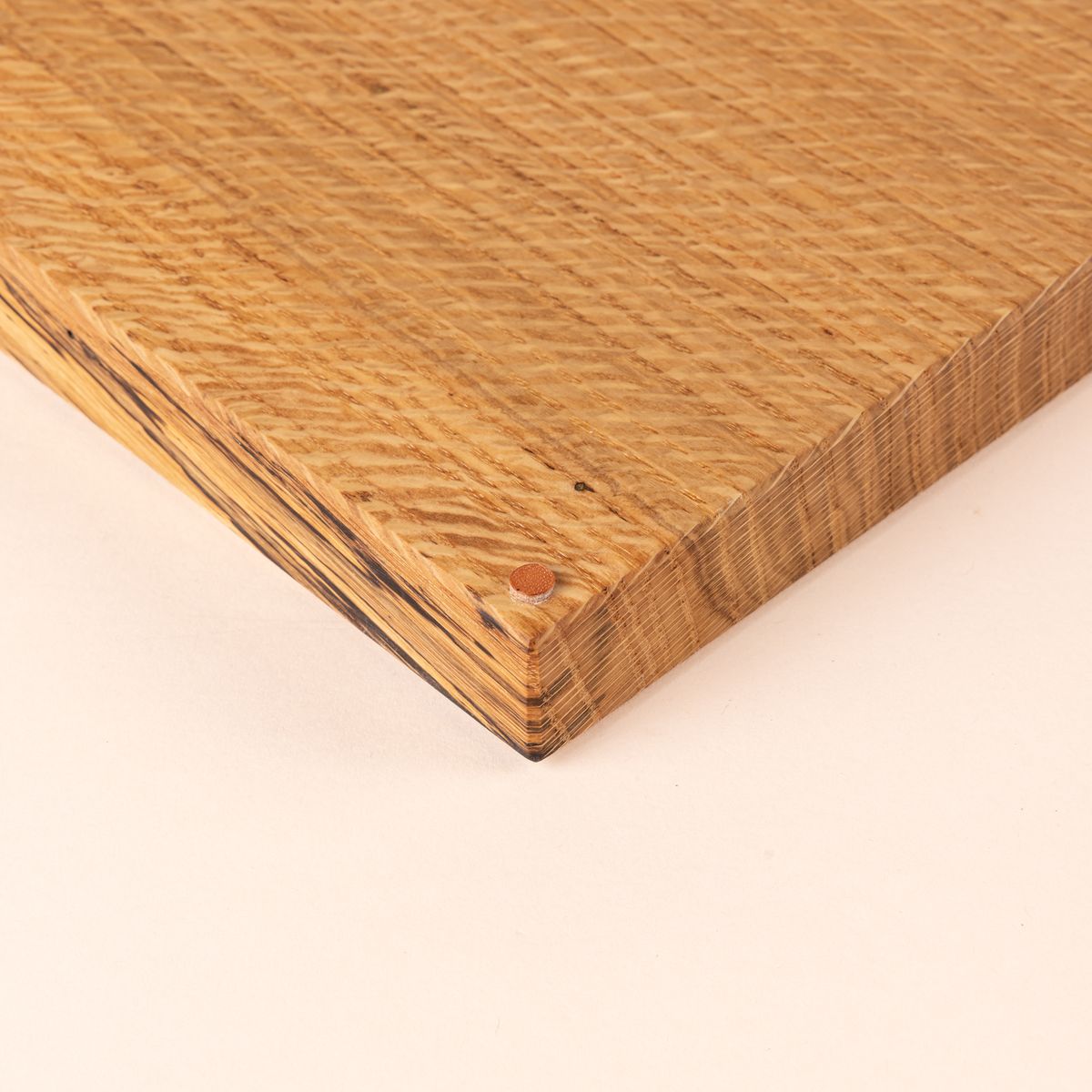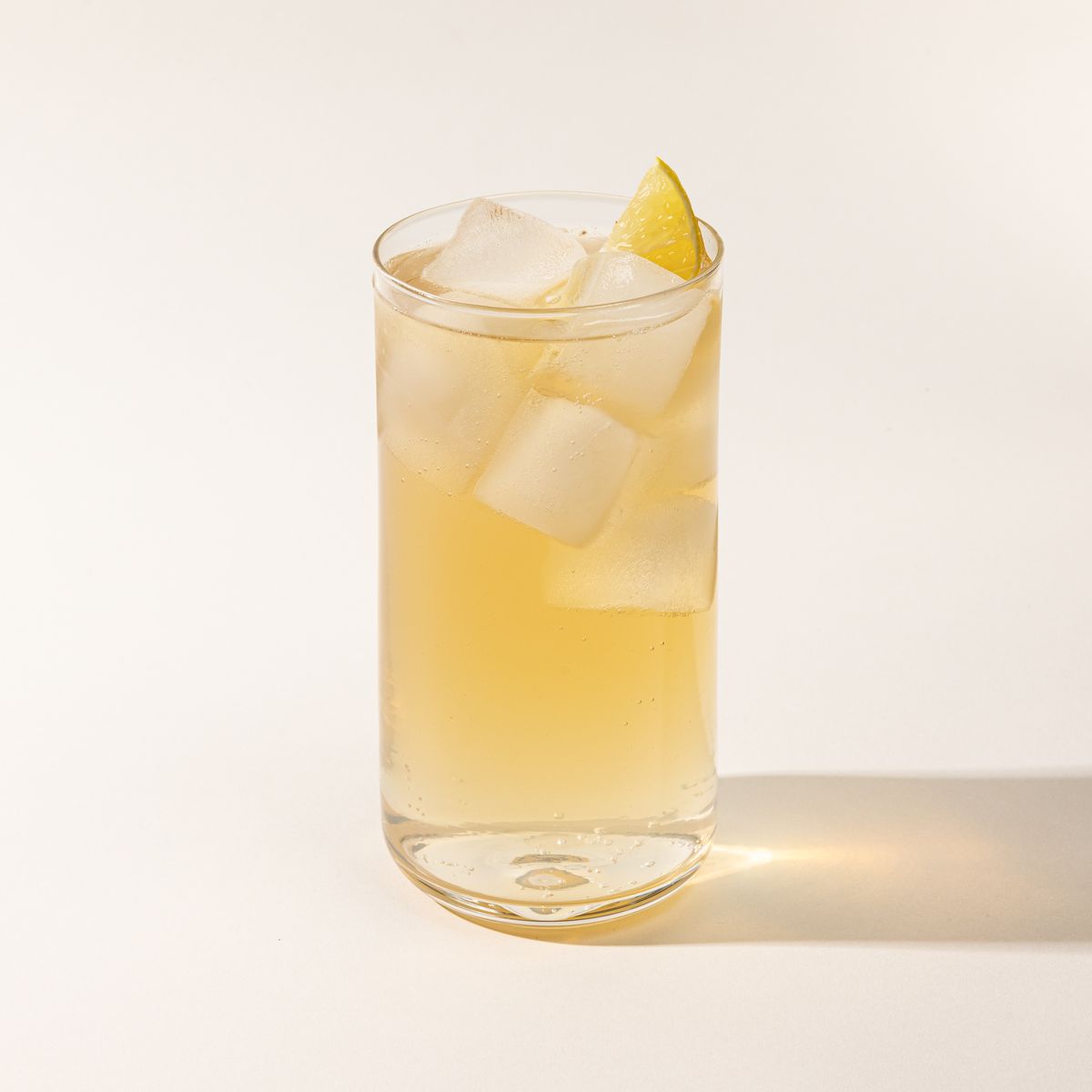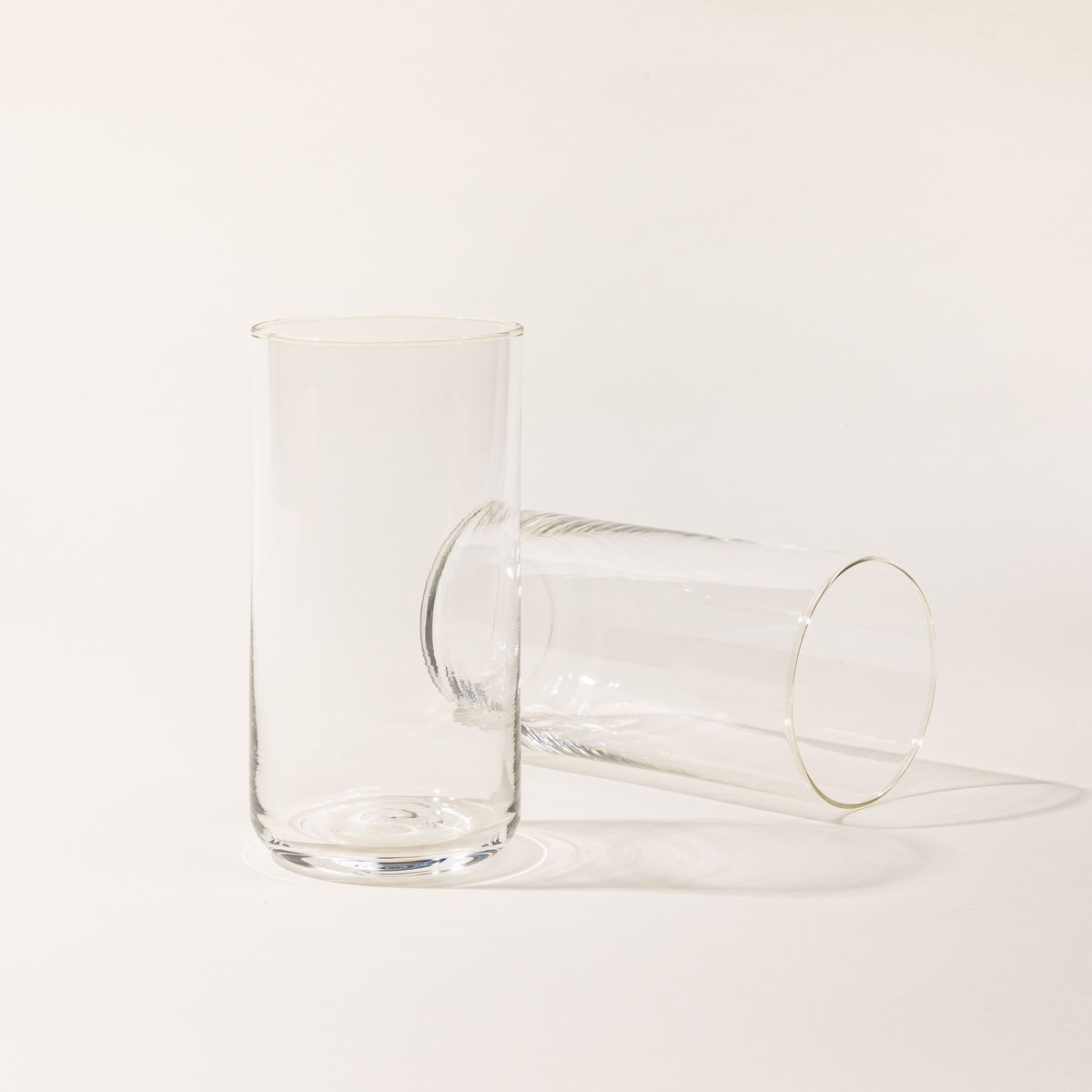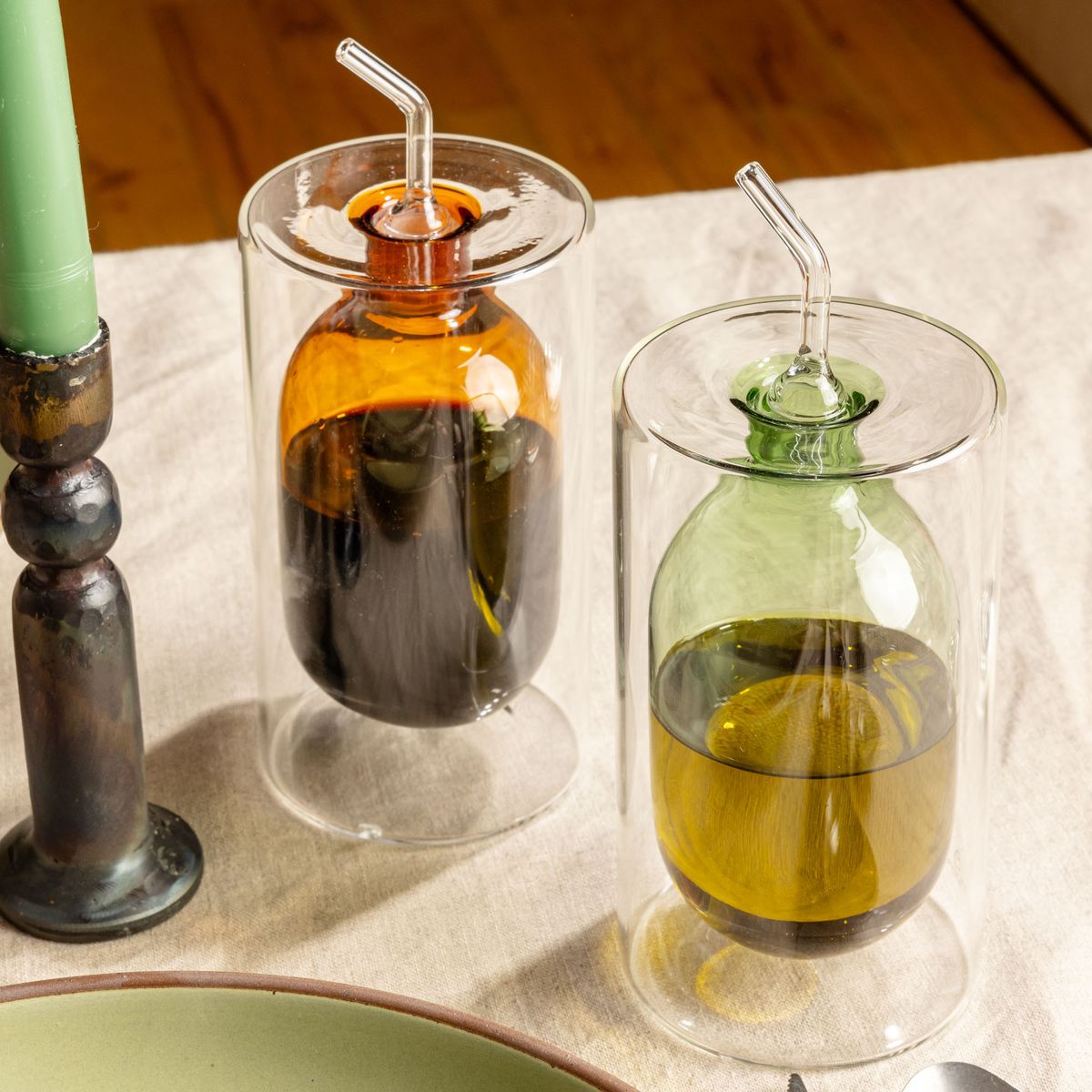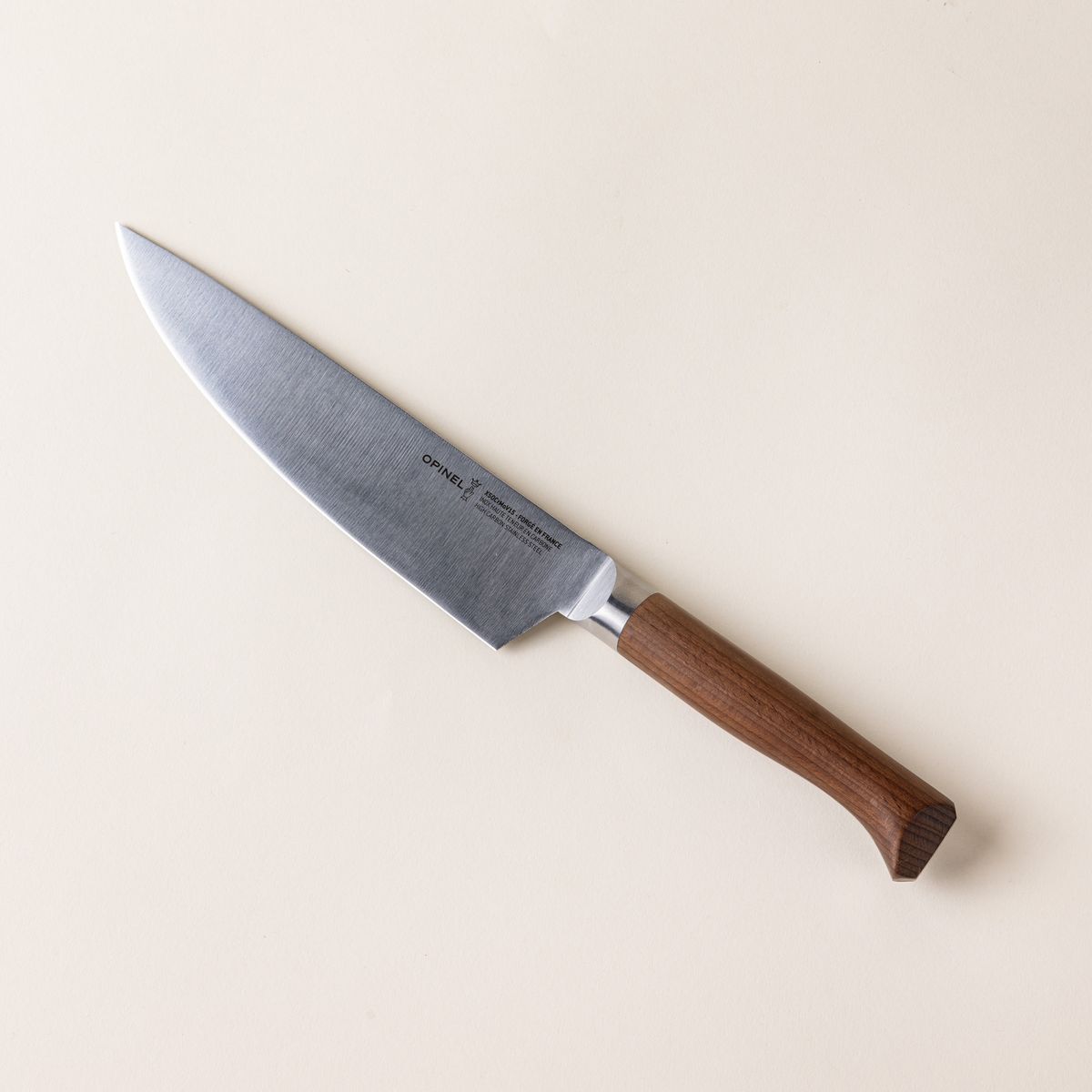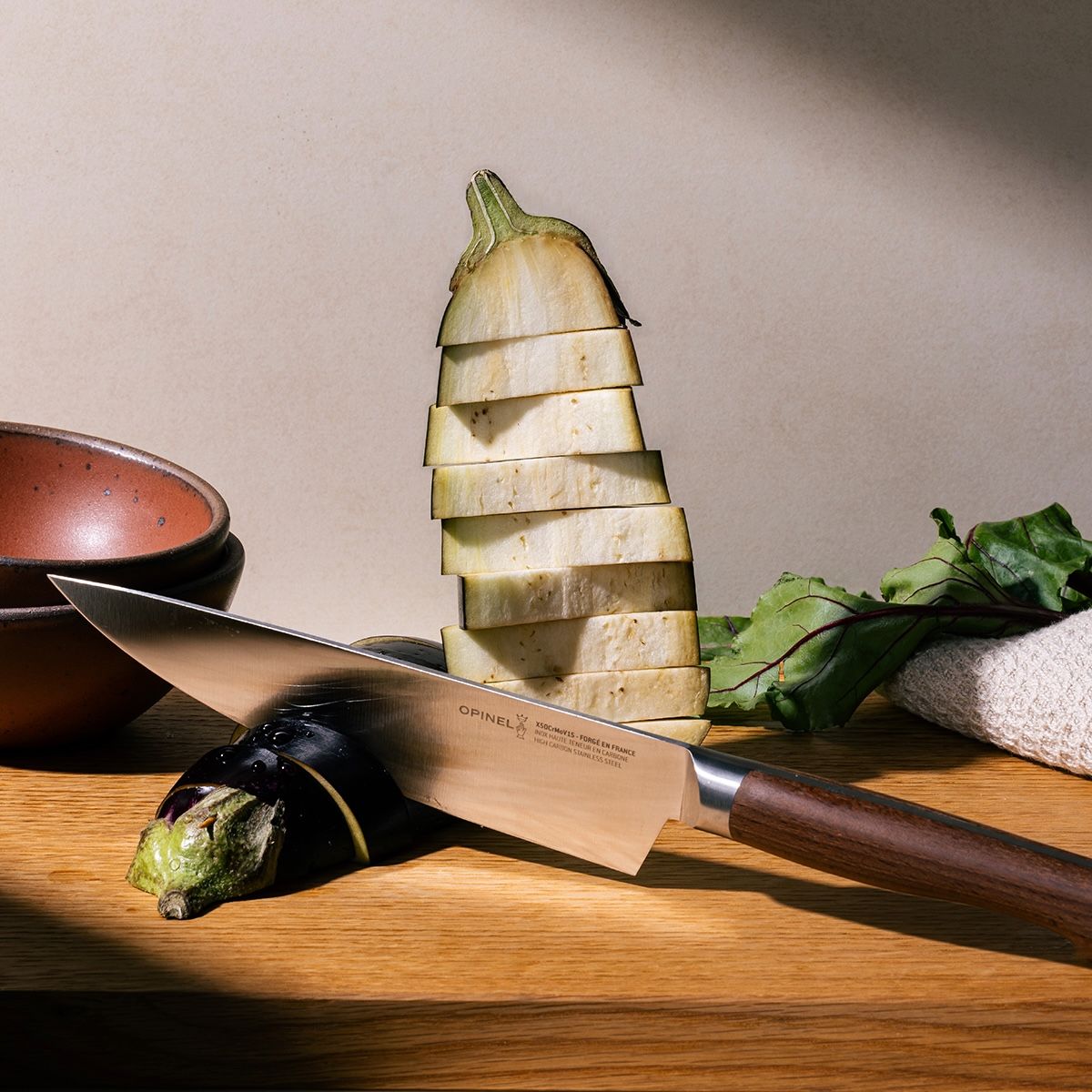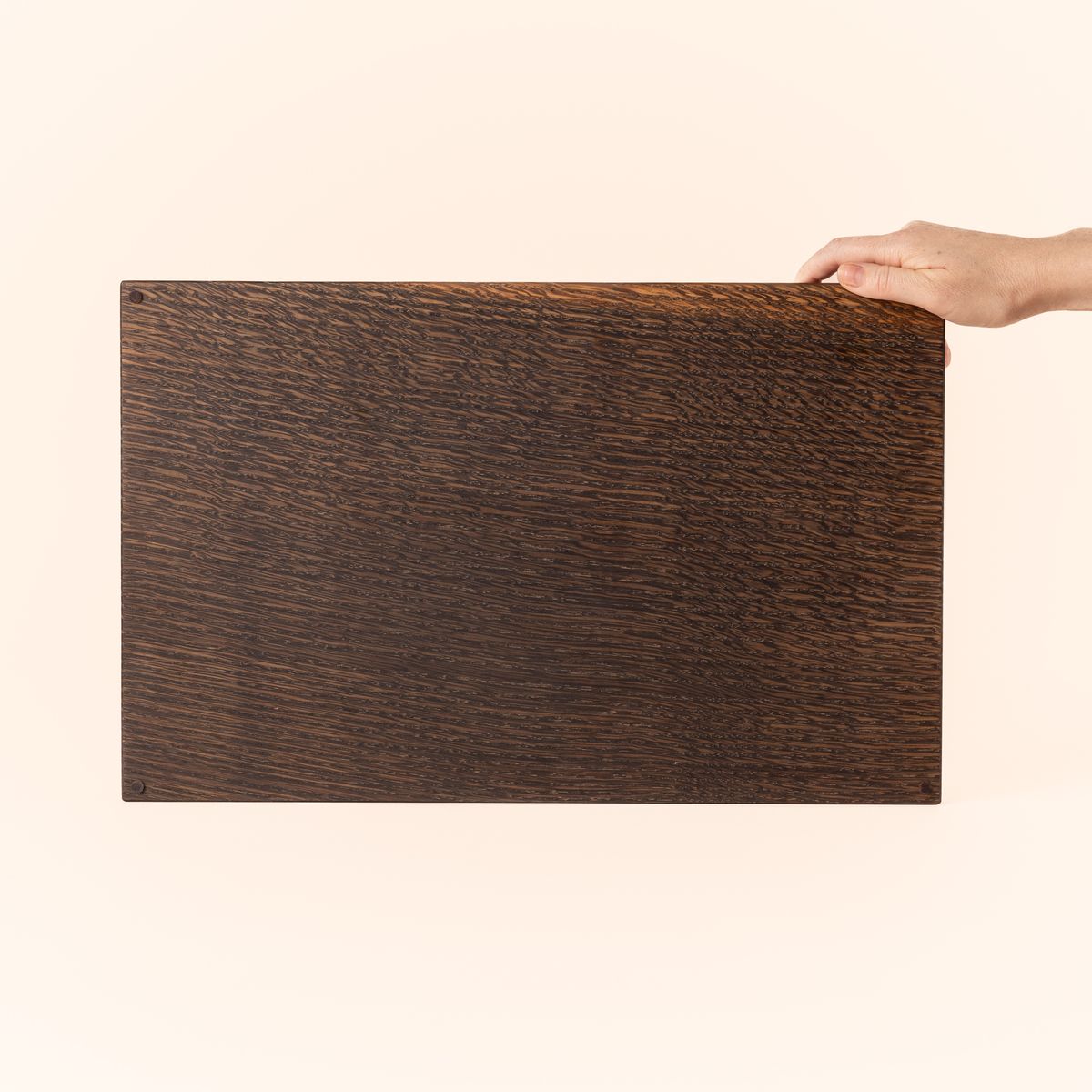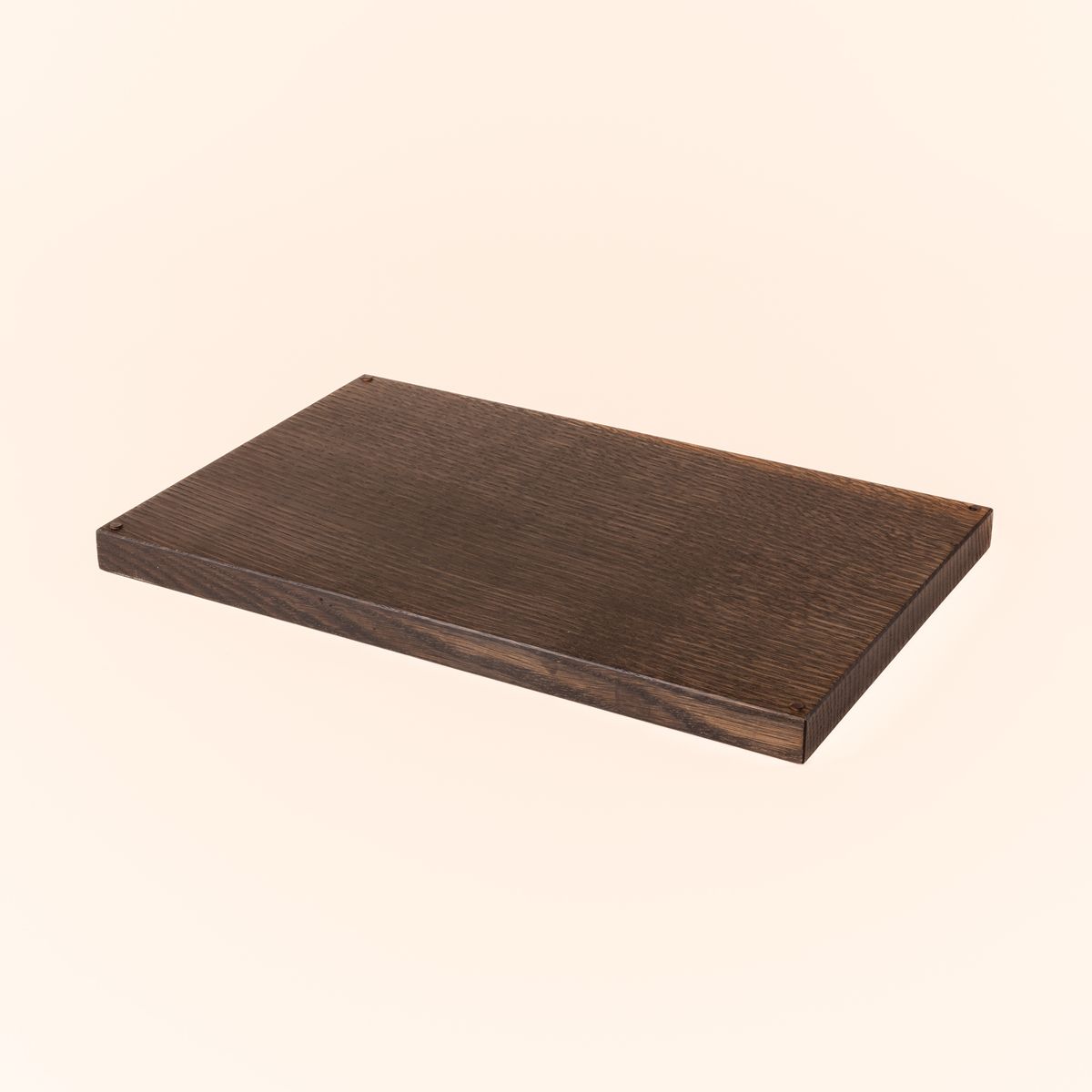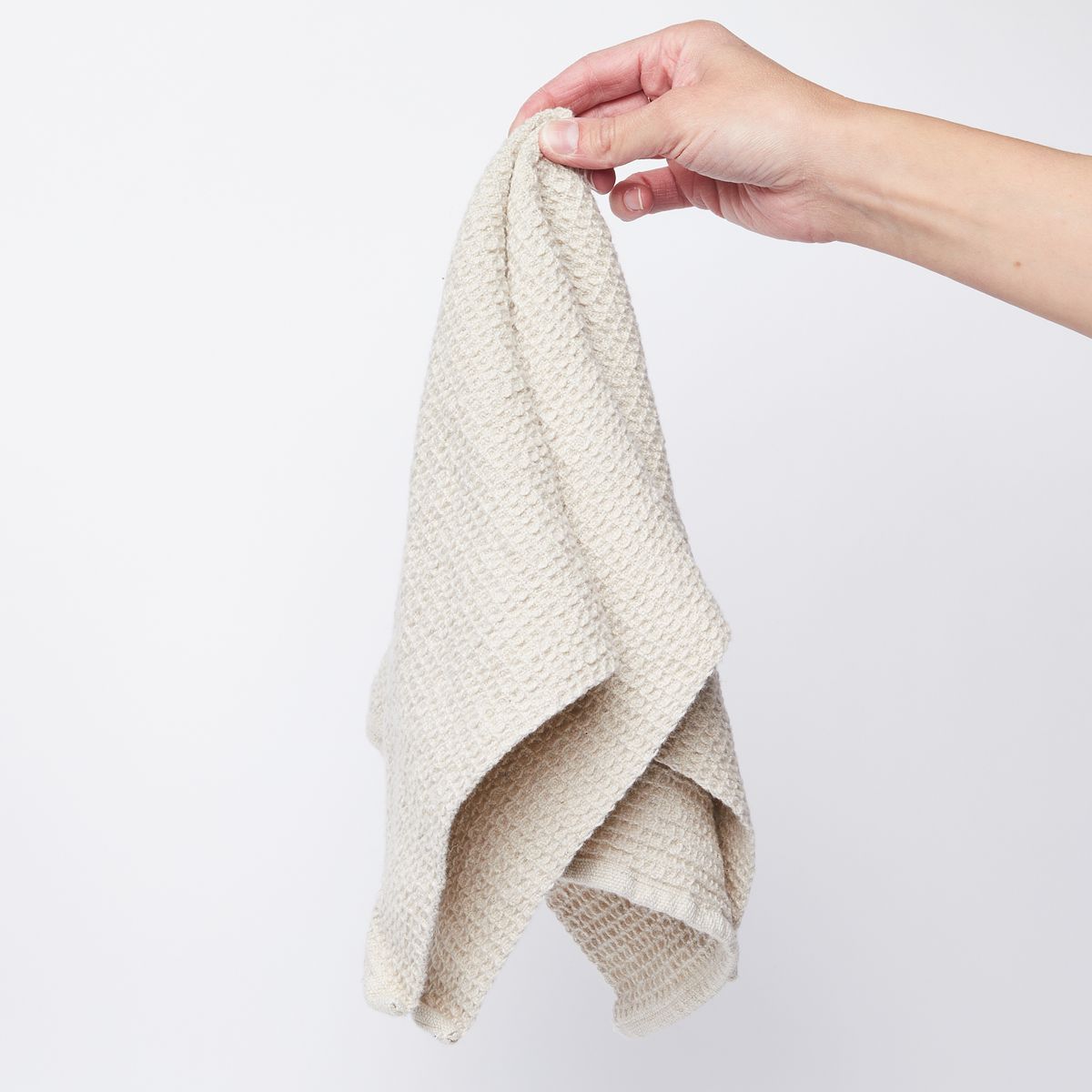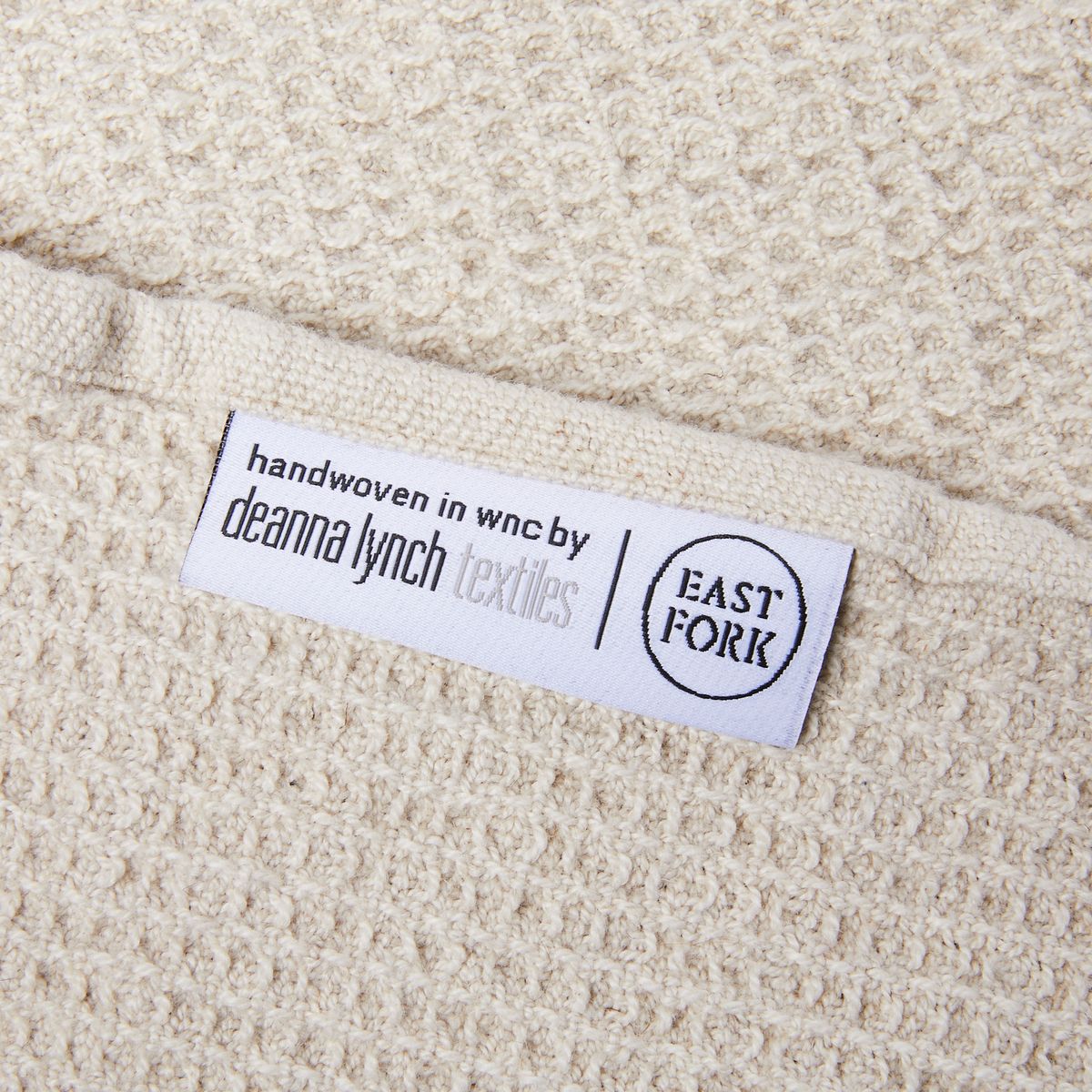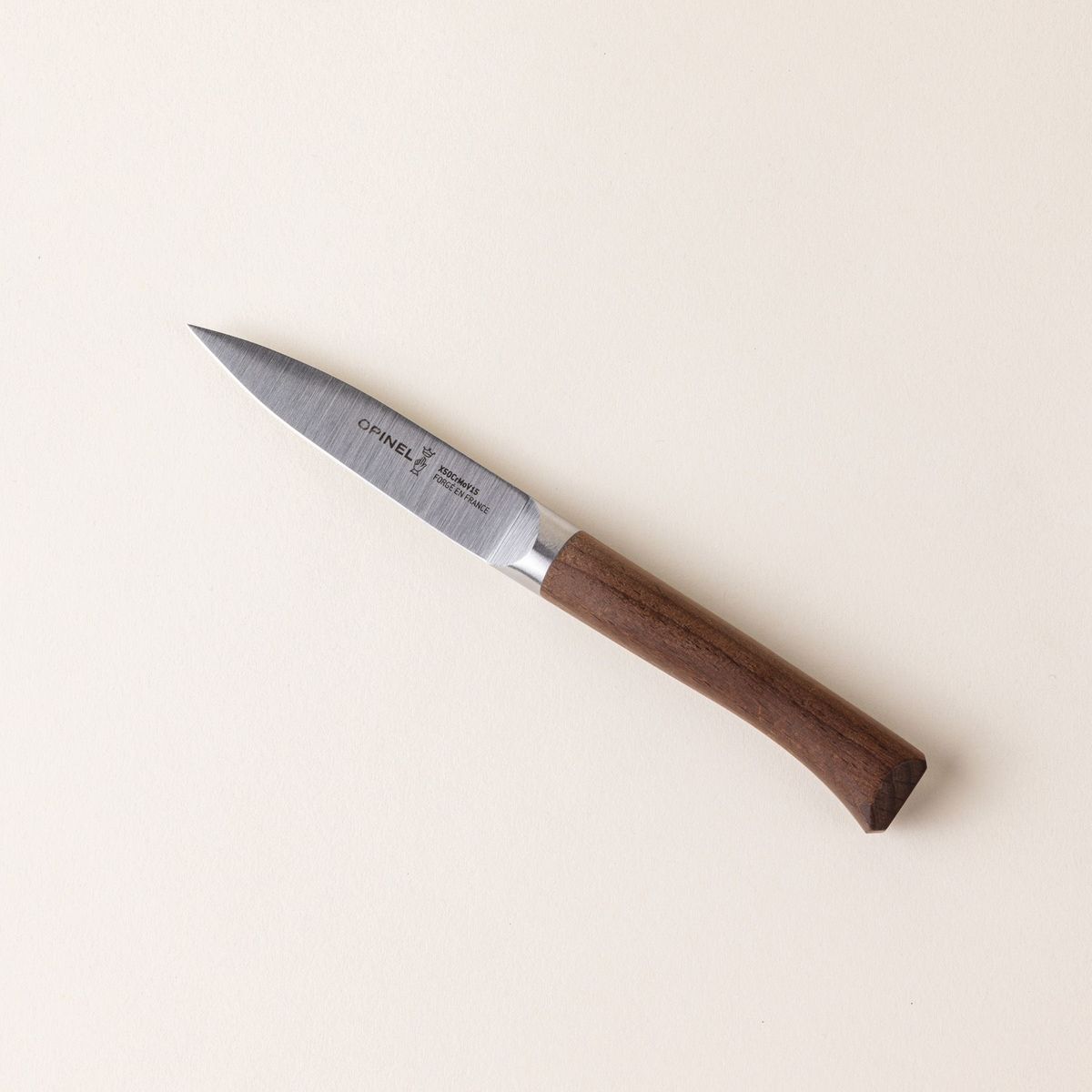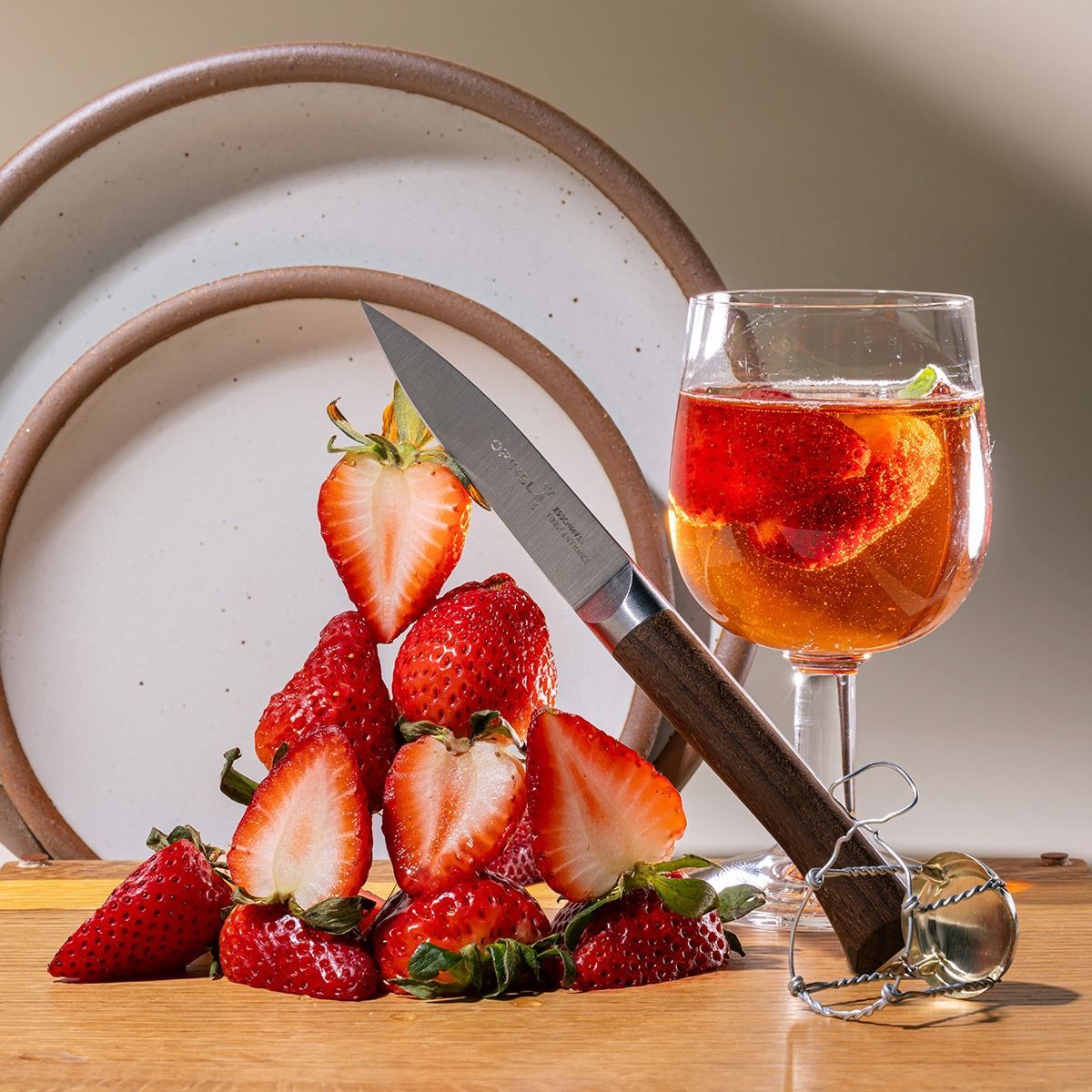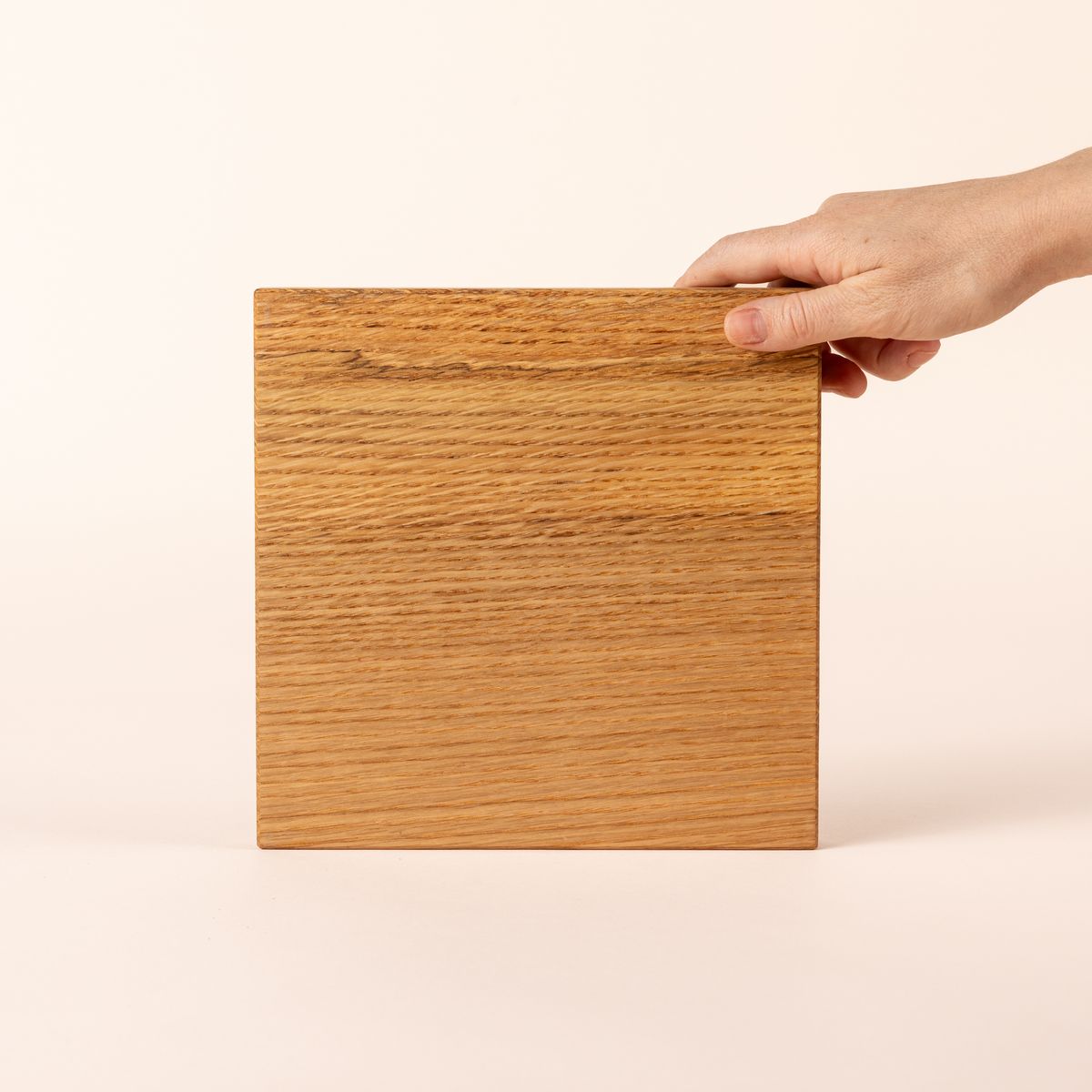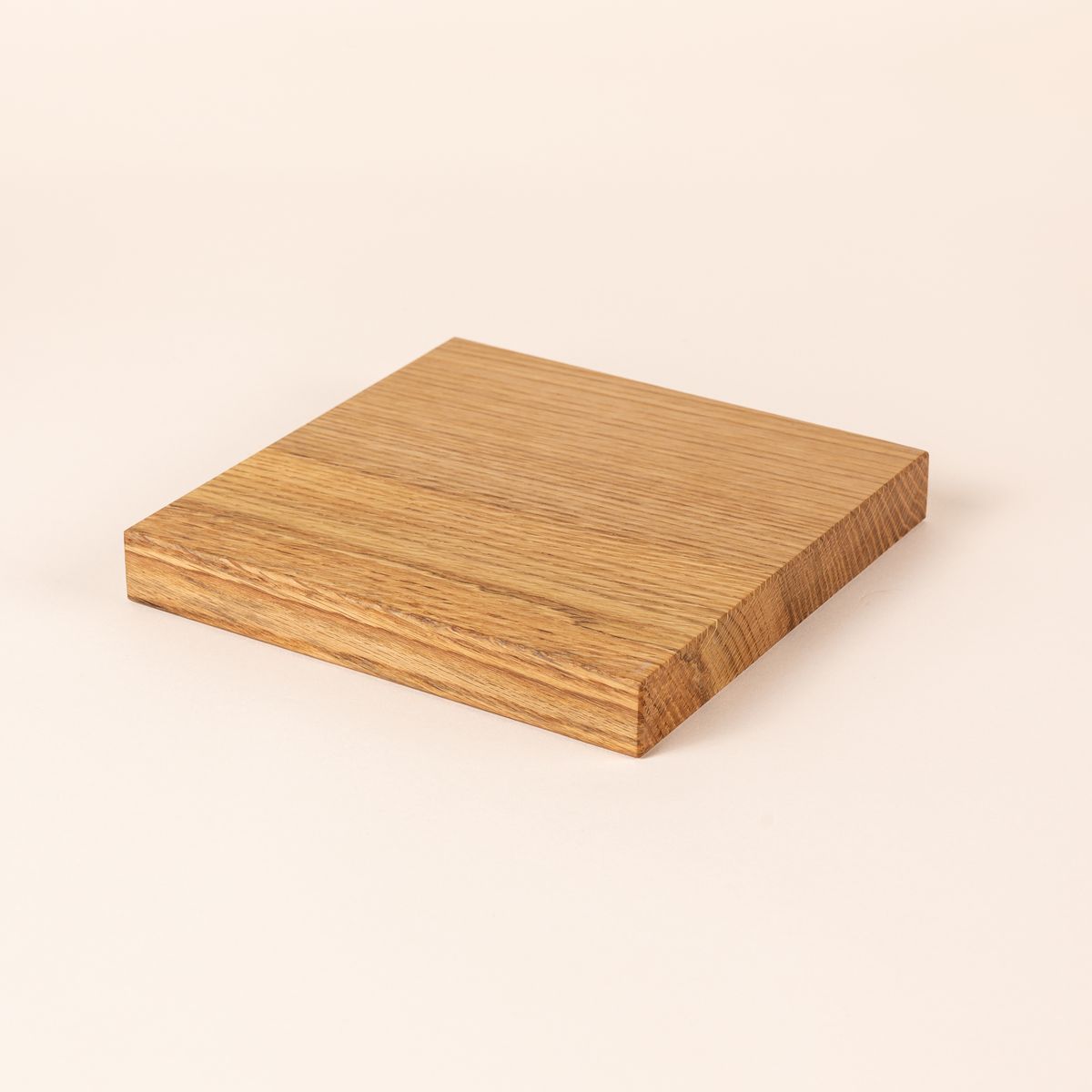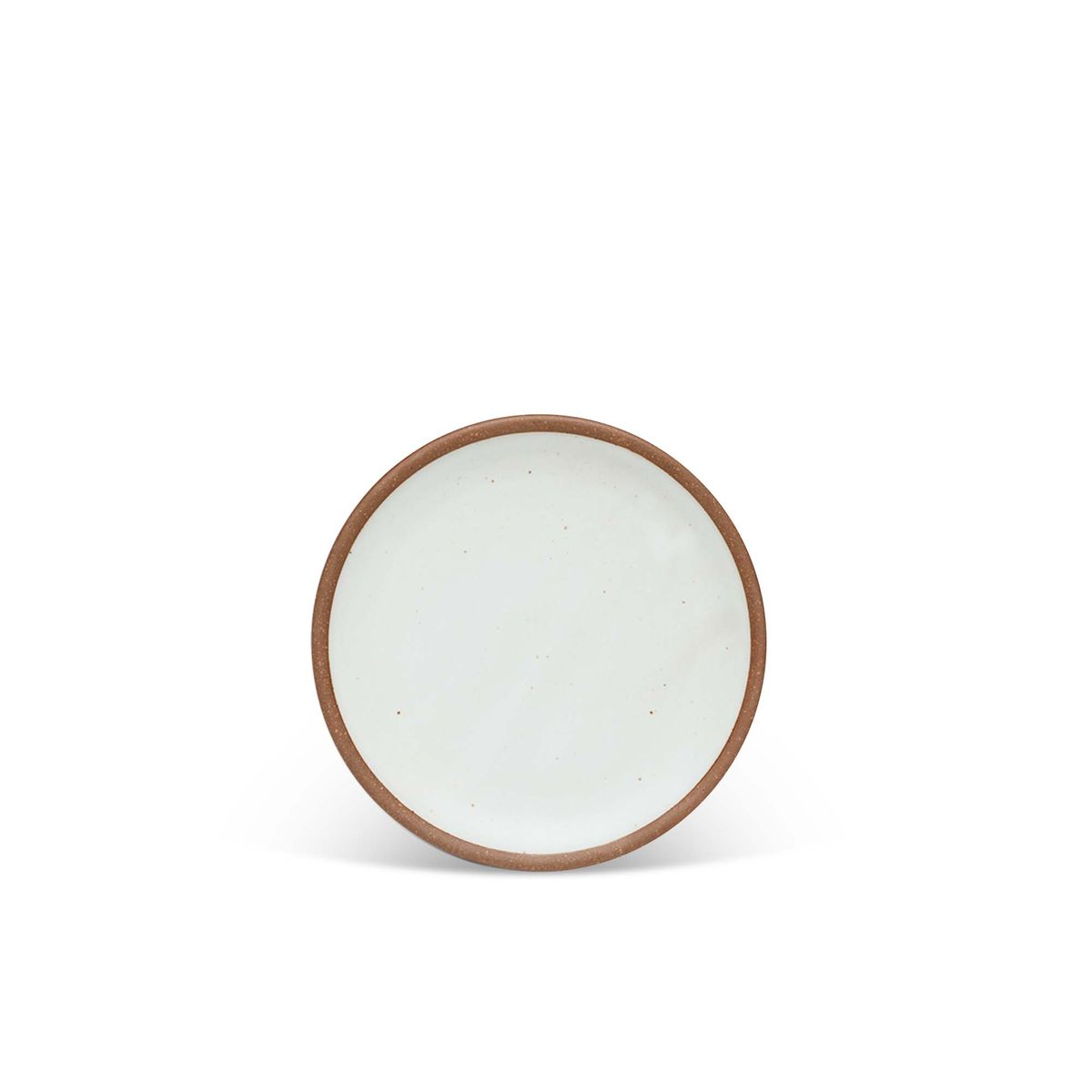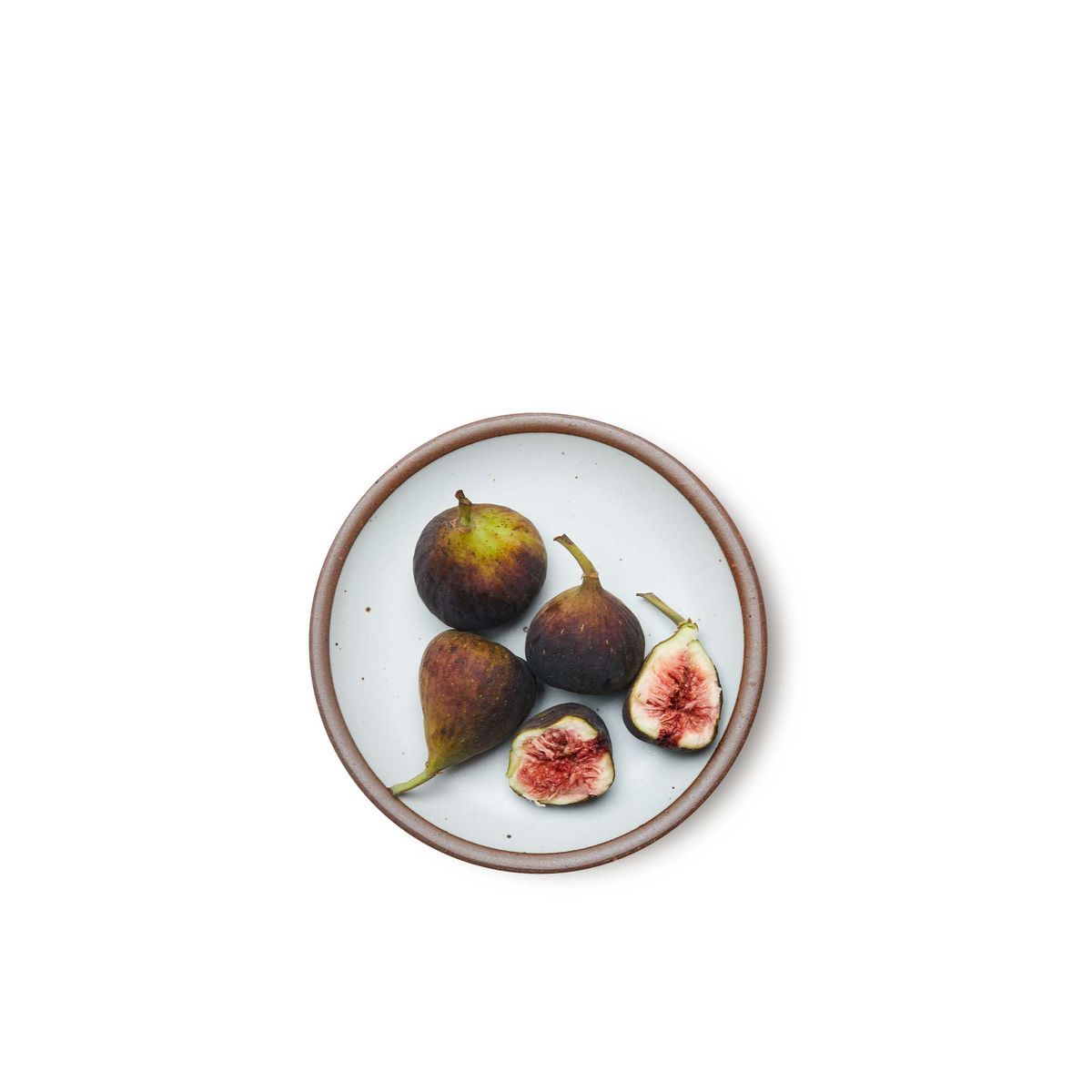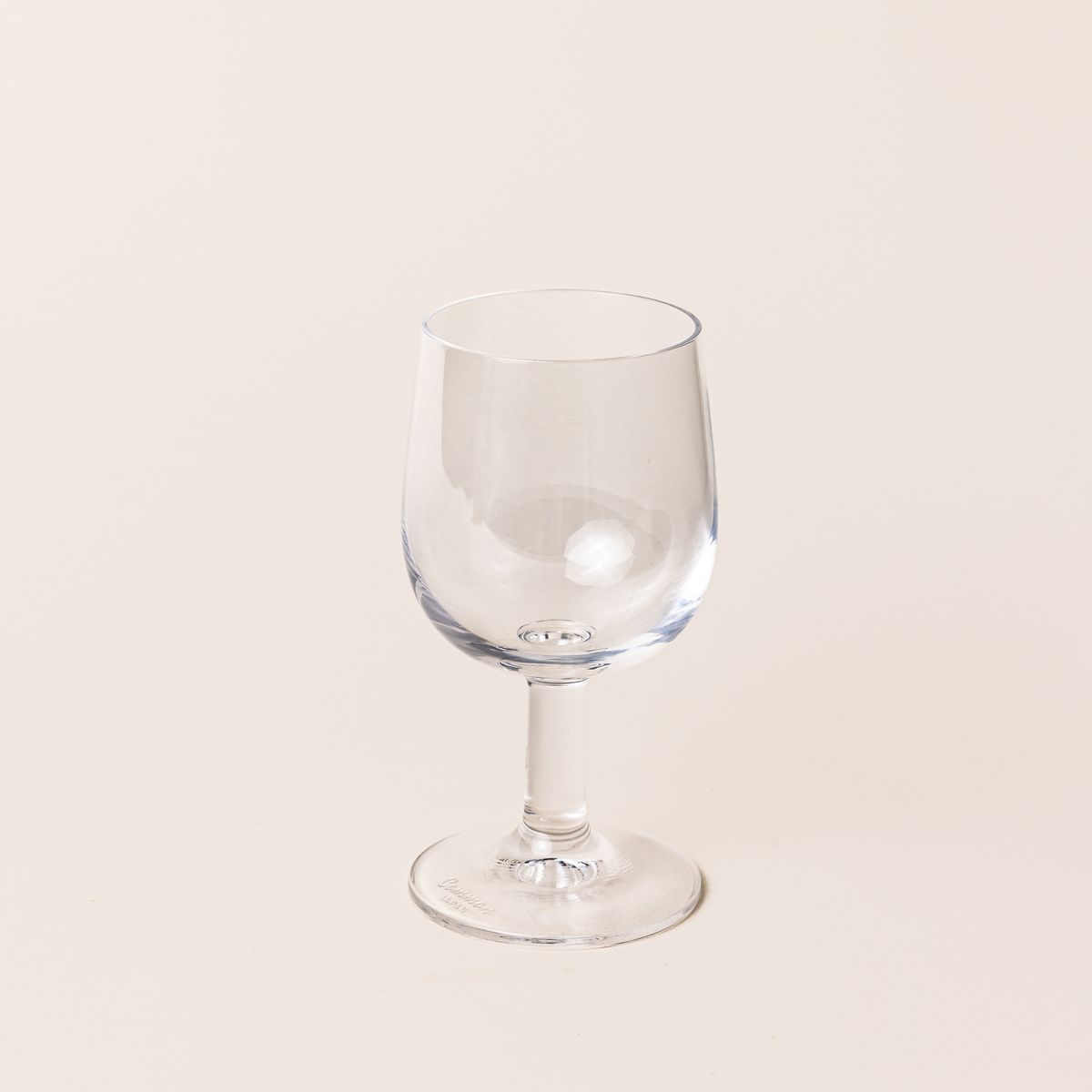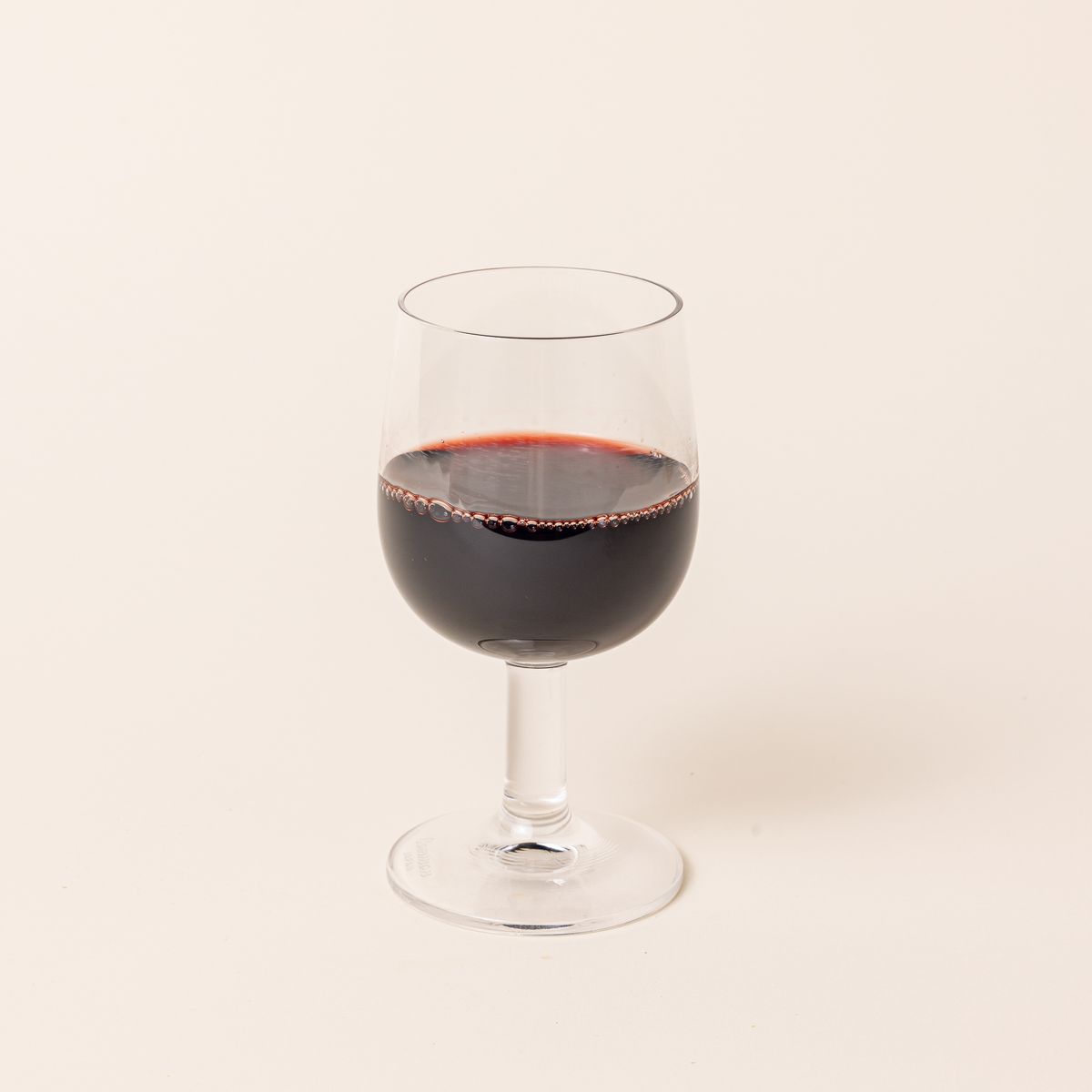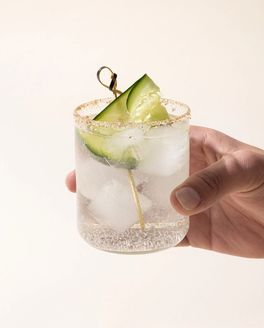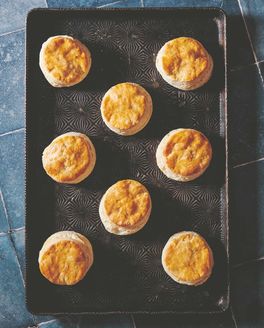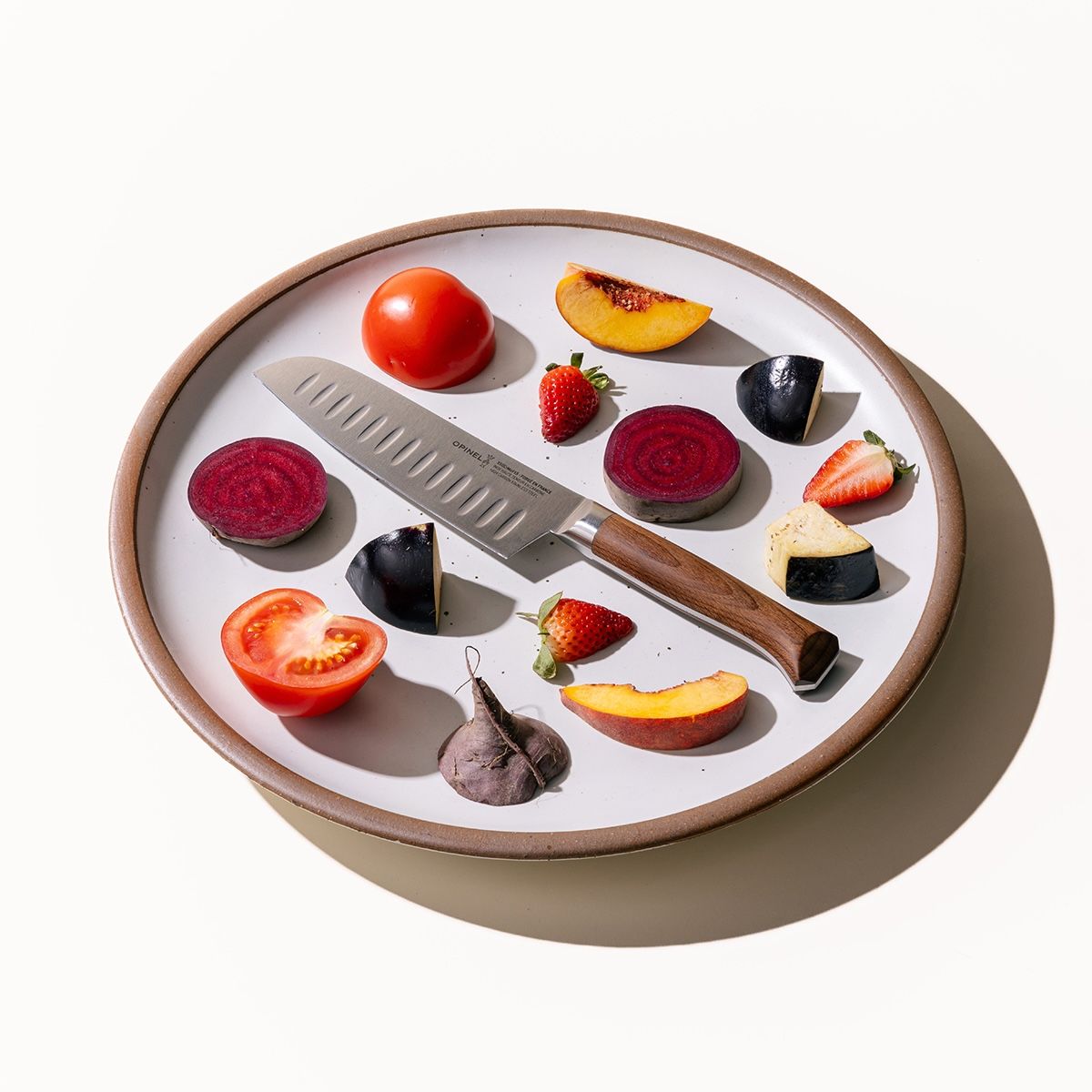
At the Cutting Edge with Opinel
Peppery red radishes, tender green lettuces, wild ramps, juicy strawberries, and slender stalks of asparagus are all in season right now in the Southeast. We’re itching to try new recipes and get creative in our kitchens, and the right tools give us the confidence to be bold.
When we curated our home and kitchen collection, we knew we had to include Opinel knives in the assortment. Known for their attention to quality materials, accessibility, and exceptional design, we’re delighted by how this French heritage brand feels in our hands when we’re slicing, dicing, and chopping our farmers market hauls.
If you’re on a quest for quality, everyday knives, we recommend Opinel. Learn more below!
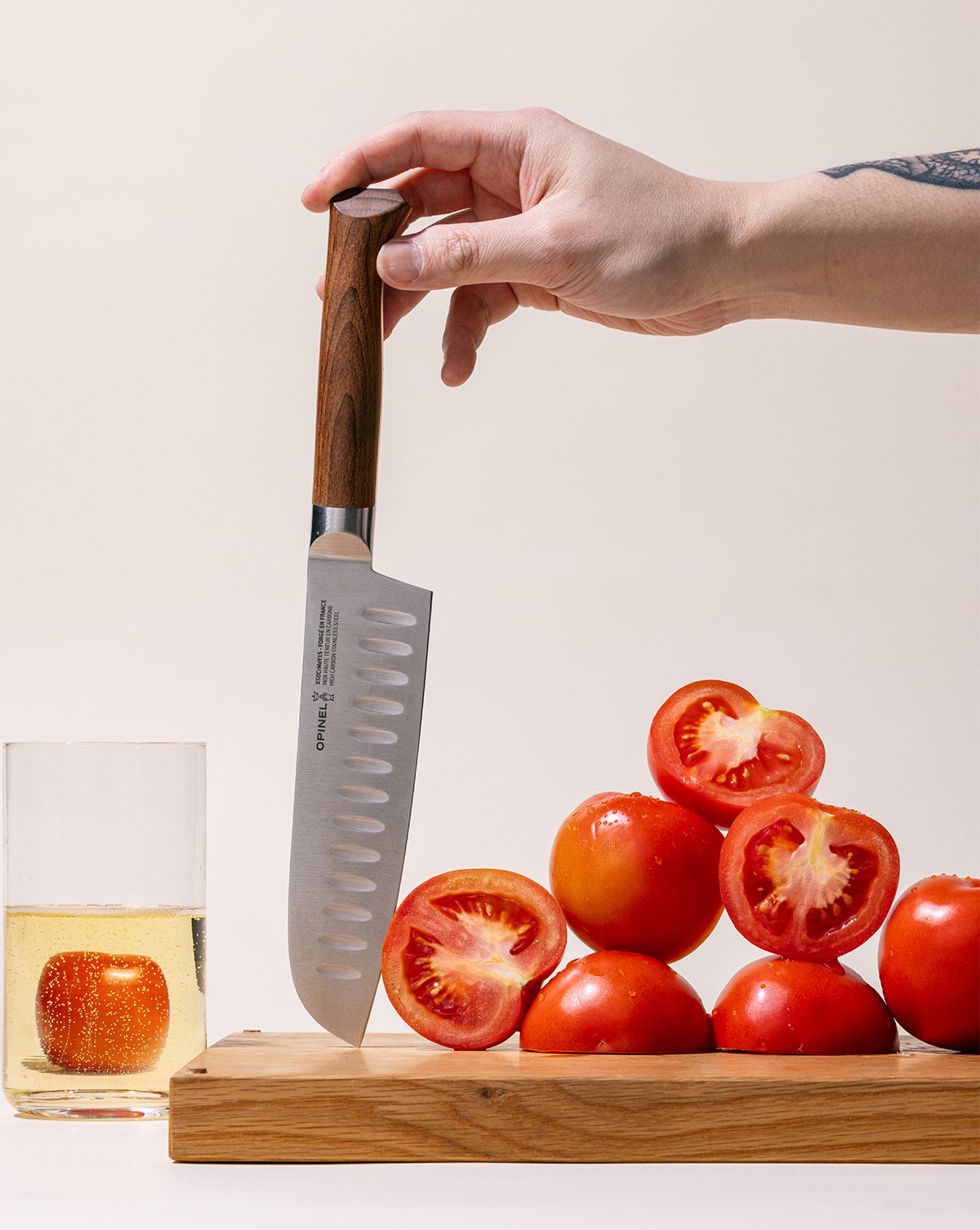
Les Forges Santoku Knife
Santoku is a Japanese word loosely meaning “three virtues,” which refers to the knife’s capacity to mince, slice, and dice.
Best for: slicing fine cuts of seafood or cheese, mincing meat, garlic or herbs, dicing fruits, julienning vegetables, and scooping food off a cutting board in place of a bench scraper
Use if you prefer a “push-pull” style of cutting
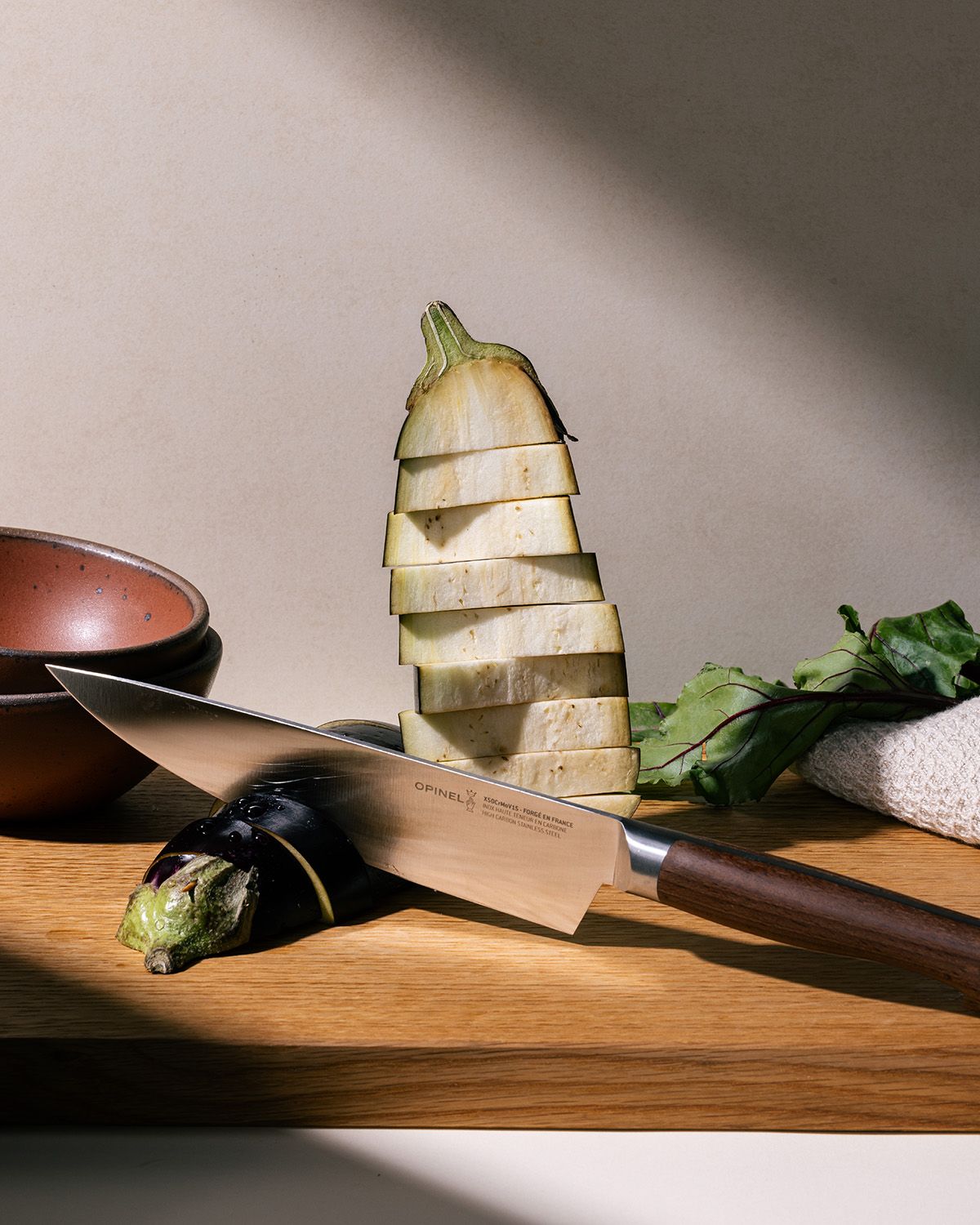
Les Forges Chef's Knife
The Chef’s Knife is another kitchen workhorse. Just like the Santoku, you can use it to slice, dice, chop and mince nuts, vegetables, and herbs. It also comes in handy if you need to debone meat or spatchcock a large turkey.
Use if you prefer an “up and down” style of cutting
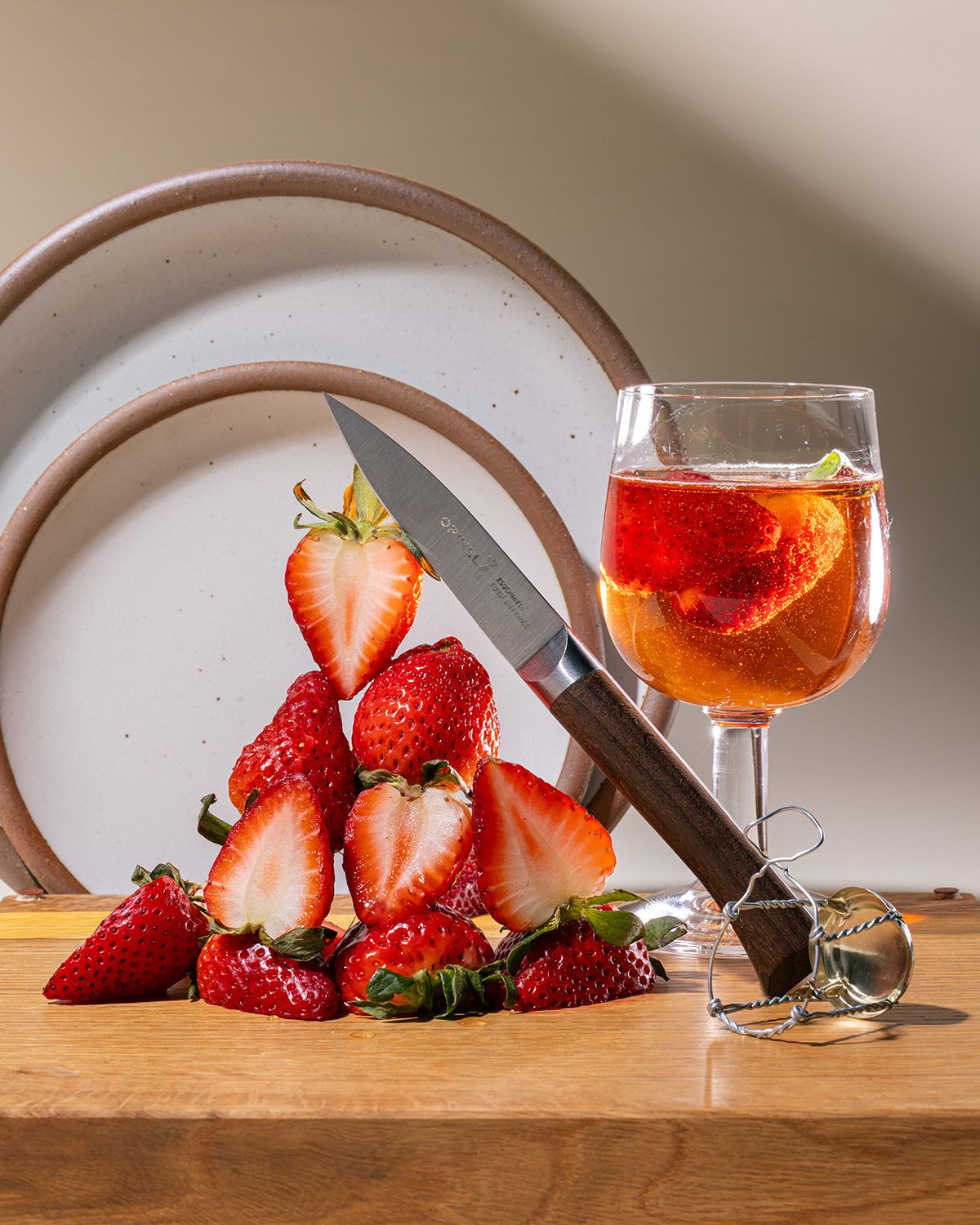
Les Forges Paring Knife
The Paring Knife is our secret weapon for trimming fat from chicken thighs, creating ribbon-like garnishes, mincing small cloves of garlic, hulling strawberries, peeling apples, and deveining shrimp.
Best for: detailed and delicate knife work
About Opinel
History
Since 1890, Opinel has been making knives in the heart of the French alps, and they’re finely honed works of art. We mean that metaphorically and literally: The original Opinel pocket knife is recognized in MoMA’s list of iconic objects. Opinel founder, Joseph Opinel went to work designing his first pocket knife in his family’s blacksmith shop in the little hamlet of Albiez-le-Vieux. Though his father eschewed modern technology, Opinel embraced new machinery that allowed him to develop a knife that could be manufactured efficiently, making it affordable for everyday people. As the story goes, countless artists began to favor Opinel as well—Pablo Picasso was said to use an Opinel knife as a sculpting tool.
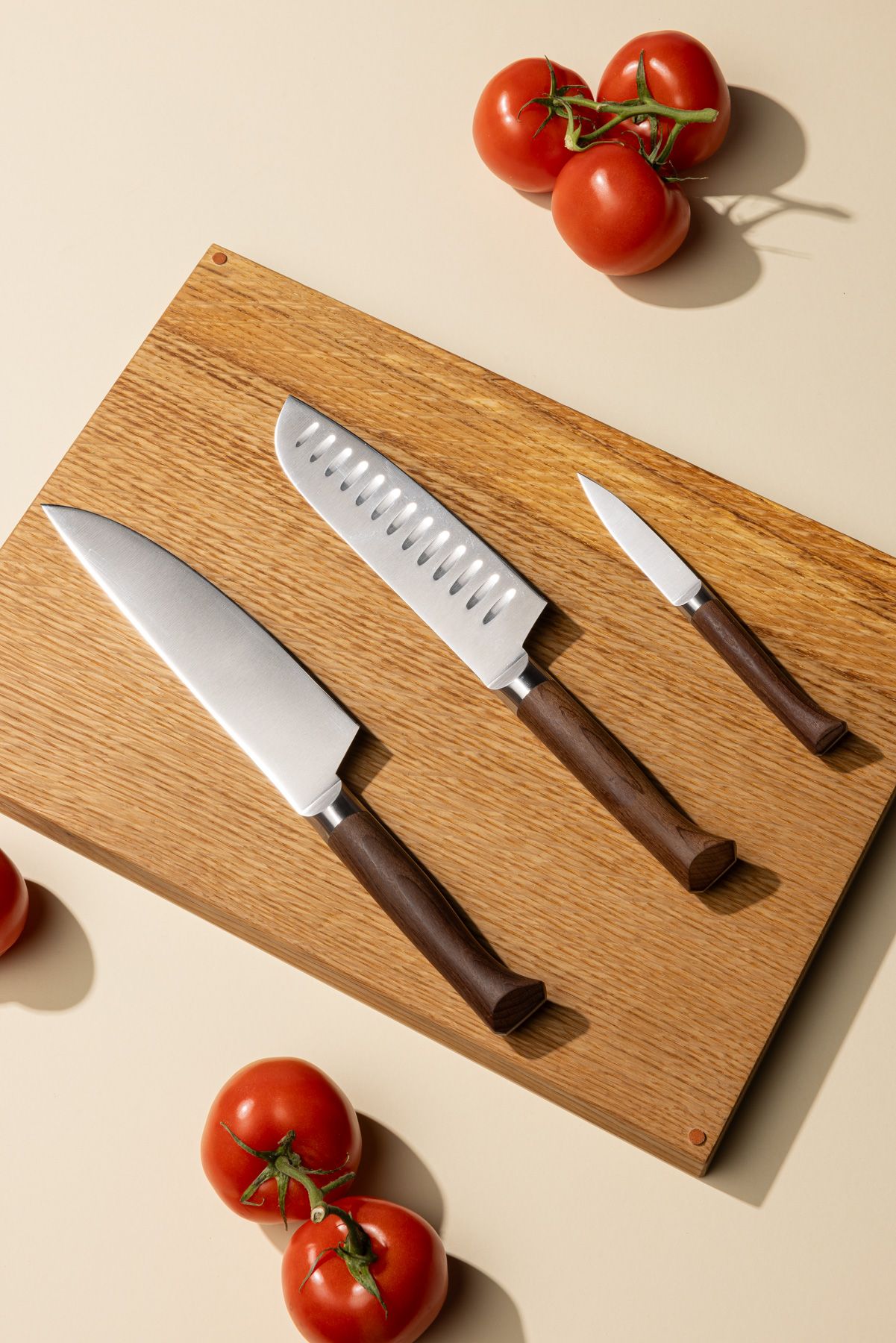
Design
If we dissect the anatomy of Opinel’s Les Forges knife line, we start to understand why we fell for them in the first place. With shapely blades hot-forged from single pieces of high carbon steel, the geometry of each blade is optimized for its specific use. The full-tang in Les Forges knives aids in a balanced hand feel. They’re sleek, dynamic, and made to retain a sharp edge.
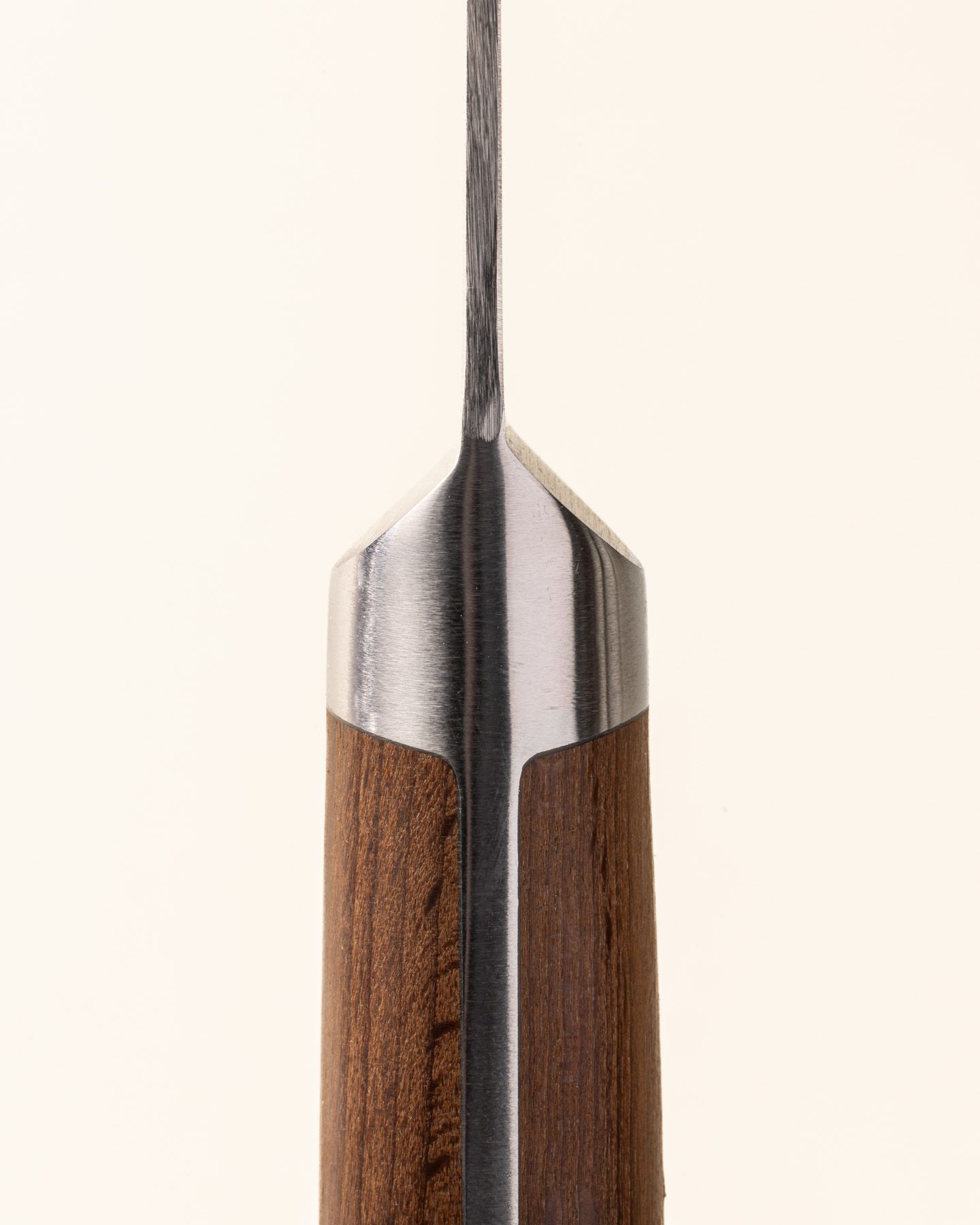
The ergonomic handles were designed as an homage to the traditional pocket knife. Crafted with unvarnished beech wood, they’re stabilized with the help of synthetic resin, heat, and high pressure. This improves water resistance and allows the manufacturer to coat the handle in a rich, luxurious brown, handpicked specifically by Opinel.
The Source
The wood itself is sourced from ecologically managed forests in the Alpine region and Jura mountains. So, there’s a slight air of romance about the otherwise unromantic subject of clenched hands…the knives’ handles not only have a beautiful profile, they’re functional too, designed to ward off hand fatigue as we grip our knives and meal prep at kitchen counters.

Bottom line, using a good knife adds to the pleasure of cooking. We choose knives knowing how satisfying it is to core a tomato with ease, dice carrots with the precision of our favorite chefs, and slice through onions like butter. The joy of a beautiful meal can start with your knife.


